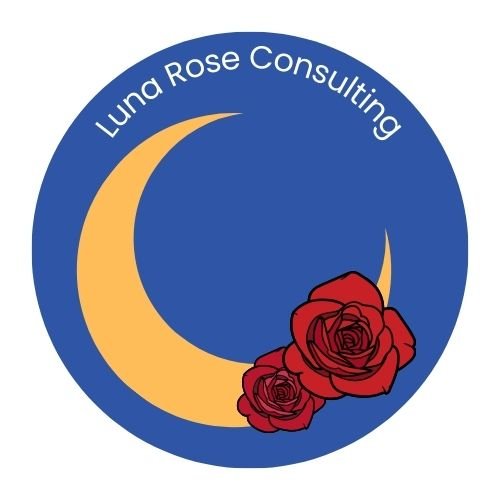Google’s New URL Guidelines: What You Need to Know (And Fix)
If your site’s been coasting on decent SEO and clean URLs, now’s the time to take a second look. Google just updated its URL structure best practices guide, and while the algorithm hasn’t changed, the rules of the road are now spelled out much more clearly—and with sharper consequences for sites that don’t follow them.
Let’s break down what this means, what changed, and how to make sure your site is ready.
What’s New?
Google’s updated guide moves from “best practices” to more direct “requirements.” That subtle shift in language matters—because it means poor URL hygiene might not just be ignored anymore… it could hurt your crawlability and search performance.
They’ve also added real-world examples (finally), updated some of the technical language to match current standards, and clarified common mistakes that quietly tank crawl efficiency.
Key Things to Watch
Here are some quick takeaways from the new structure:
✅ Make Your URLs Clean and Human-Friendly
Use real words, not gibberish or auto-generated strings
Hyphens > underscores
Keep it lowercase (don’t mix cases—it confuses Google)
Stick to UTF‑8 encoding for non-English characters
Keep it short and clear
🔁 Avoid Common URL Traps
Google called out some classic culprits:
Session IDs and tracking parameters clogging up crawl budgets
Calendar links that generate infinite URLs
Filters and sorts that create duplicate content
Broken relative URLs
URLs that rely on fragments (#), which Google doesn’t crawl reliably
🧹 Clean It Up
Here’s how to stay ahead:
Use
robots.txtto block junk URLs (like filter-heavy or session-based pages)Apply canonical tags or redirects to reduce duplicate content
Audit your site for faceted navigation issues (filters, categories, etc.)
Why This Matters
Even though nothing’s changed algorithmically, Google’s clearly saying: “Clean it up, or get left behind.”
If your URLs are messy or overly complicated, Google might skip crawling them altogether. That means missed opportunities for ranking—even if your content is great.
What to Do Now
Here’s a simple plan:
Audit Your URLs
Look for inconsistencies, messy strings, or duplicate pages caused by filtering.Set URL Standards
Use lowercase letters, hyphens, and descriptive slugs. Avoid using tracking codes or unnecessary parameters in core URLs.Block What You Don’t Need
Stop Google from crawling problematic URLs usingrobots.txt,nofollow, or canonical tags.Monitor Crawl Behavior
Use Google Search Console or a crawler like Screaming Frog to see how your site is being crawled and indexed.
Final Thoughts
Google’s not being sneaky here—they’re telling us exactly how to play the game. And that’s a good thing. Cleaner URLs mean faster crawling, better indexing, and a smoother experience for users and search engines alike.
Want help reviewing your site’s structure or implementing these fixes? I do this all day. Let’s talk.

